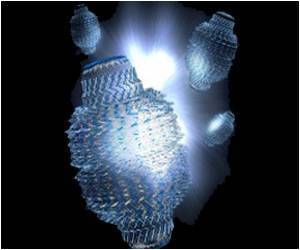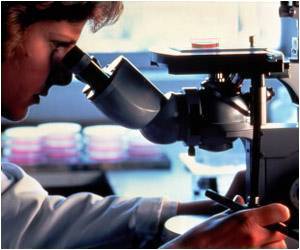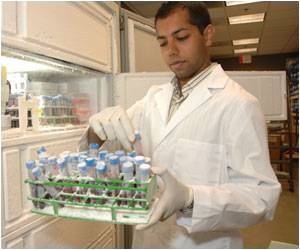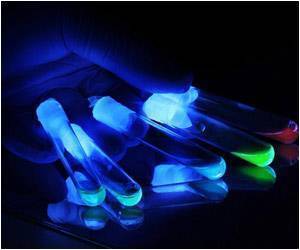DNA is best known as a genetic material, but is also a very programmable molecule that lends itself to engineering for synthetic applications

‘McMaster university researchers have developed the very first DNA-based nanomachine that is capable of achieving ultra-sensitive detection of a bacterial pathogen.’





DNA is best known as a genetic material, but is also a very programmable molecule that lends itself to engineering for synthetic applications. The new method shapes separately programmed pieces of DNA material into pairs of interlocking circles.
The first remains inactive until it is released by the second, like a bicycle wheel in a lock. When the second circle, acting as the lock, is exposed to even a trace of the target substance, it opens, freeing the first circle of DNA, which replicates quickly and creates a signal, such as a color change.
"The key is that it's selectively triggered by whatever we want to detect," says Brennan, who holds the Canada Research Chair in Bioanalytical Chemistry and Biointerfaces. "We have essentially taken a piece of DNA and forced it to do something it was never designed to do. We can design the lock to be specific to a certain key. All the parts are made of DNA, and ultimately that key is defined by how we build it."
The idea for the "DNA nanomachine" comes from nature itself, explains co-author Yingfu Li, who holds the Canada Research Chair in Nucleic Acids Research.
Advertisement
The DNA-based nanomachine is being further developed into a user-friendly detection kit that will enable rapid testing of a variety of substances, and could move to clinical testing within a year.
Advertisement
Source-Eurekalert















